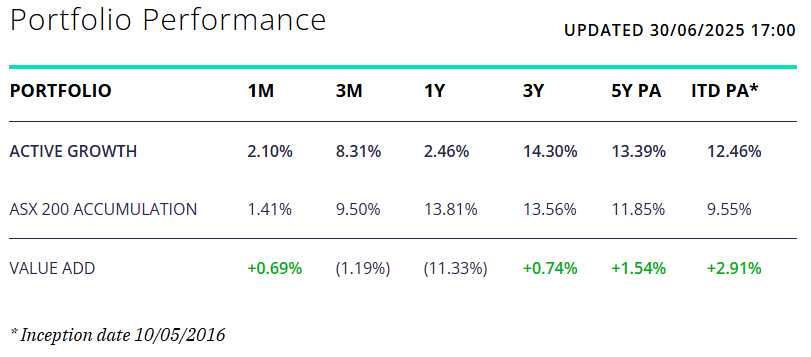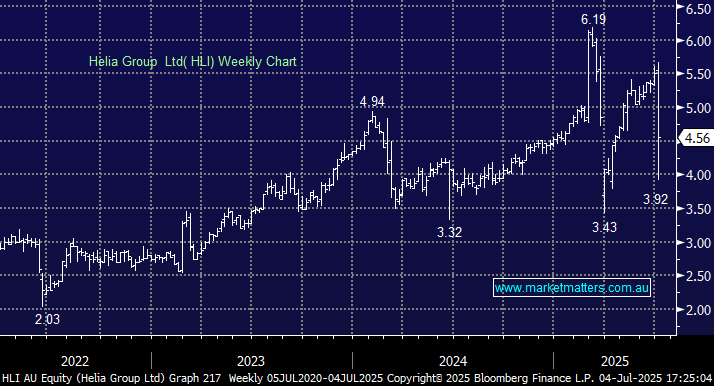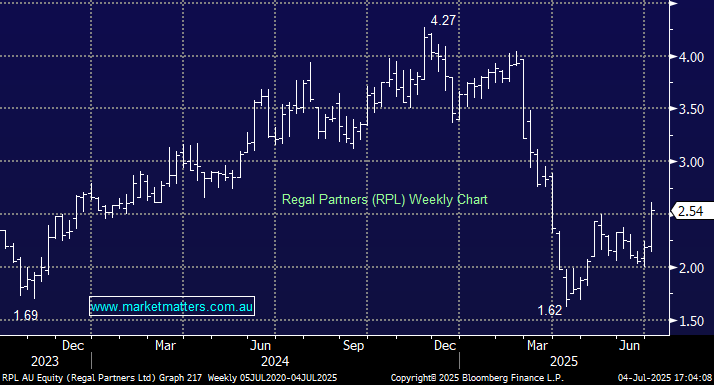We attended the annual Uranium conference hosted by Shaw & Partners yesterday, bringing in several industry experts as well as the management teams from many Uranium companies with assets around the world at different stages of development. Broadly speaking, there remain supply constraints in the market at a time when demand continues to gain momentum. Despite prices rallying strongly, signs continue to point to a multi-year tailwind for prices. We cover several of the key presenters in yesterday’s conference below.
Industry Experts – TradeTech / WMC Energy / Sprott
The three industry experts unanimously talked to a decade of undersupply despite several new projects coming online. As we watch a shift away from Russian supply alongside many countries adding to their uranium energy capacity over the next few years with the market likely to be ~20% undersupplied by 2032. Furthermore, two of the largest producers of uranium, Cameco & Kazatomprom, are yet to provide production guidance for 2025 after struggling to maintain operations, suggesting supply is expected to remain constrained in the near future. While prices have run, spot uranium prices haven’t reset all-time highs as yet with plenty more upside to hit inflation-adjusted peaks relative to levels before the Fukushima disaster. There is also a catch-up trade playing out in the term market where the bulk of uranium changes hands.
There are also plenty of markers to suggest the demand outlook may be under cooking potential strength. On Google estimates, they forecast the equivalent of 10 nuclear reactors will be required to power AI technology alone in the next decade. With plenty of energy users now highly conscious of their carbon footprint, nuclear energy is shaping up to be the most efficient source for those needing reliable energy, including data centres.
NexGen Energy (NXG) $11.70 – working to develop the Rook asset in Canada, this is an extremely high-grade uranium deposit with a relatively low capex requirement. On current prices, the asset would repay the expected cost within 10 months. Given the geology of the site and the high grades, the All In Sustaining Cost (AISC) is expected to be ~$10/lb making it the lowest-cost producer in the market. They are awaiting Federal approval having already received sign-off from local community and indigenous groups, NexGen expect to be producing around the end of the decade.
Peninsula Energy (PEN) 12.5c– was expecting its first production through resin processing last year before running into trouble with their mining contractor, Peninsular is now looking to develop its own resin processing facility at its Lance Project in Wyoming, US. First production is expected later this year however PEN will require further funding to achieve the full ramp-up of production. It is highly leveraged to the uranium price, and a potential deal with the US Government for funding could prove a positive catalyst, potentially seeing the stock close some of the performance gap to peers that opened up following its struggles last year.
Toro Energy (TOE) 43c – owning the Wiluna Project in WA, TOE is dealing with the relatively anti-uranium state government to process mining approvals to get their show on the road. They have optimised mine plans and done the drilling work to advance this project as far as they can while working with the WA government to reconsider their hardline stance against uranium mining. There is additional upside in running current pricing through their models, expecting to produce more than 1m lb a year over a ~15 year mine life. The WA state government is the key risk here.
Paladin Energy (PDN) $1.40 – nearing first sales out of Langer Heinrich in Namibia, Paladin is the next up to the plate in terms of bringing production online. They are starting with processing inventory that was built up before the mine was put on care and maintenance. Improvements have been made and the plant is 95% complete with the first sale expected in June. From there, mining is expected to feed the plant following the depletion of inventory over a ~12-month period, though there is upside risk here if the processing facility performs at a faster rate than in previous years given the improvements made. We own PDN in the Active Growth & Emerging Companies Portfolios.
Silex Systems (SLX) $4.79 – developing laser isotope separation technology to enrich uranium in conjunction with Cameco. The demonstration plant remains on track for mid-year before commercial operations to follow in 2028. Cameco has the option to increase its stake in the JV from 49% to 75% at a fair market valuation. This will provide an important valuation marker for Silex. We see significant upside here, if Silex get this right given the bulk of uranium enrichment facilities are in Russian hands. We own SLX in the Emerging Companies Portfolio.

















